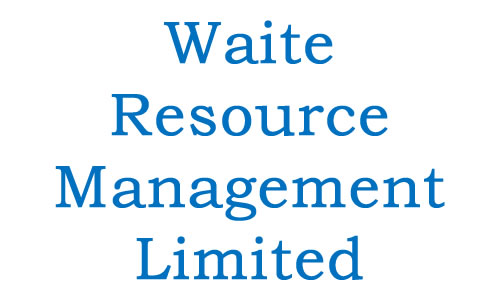VDR as a business intelligence tool is vital for a wide range of industries. Investors, M&A experts and legal teams rely on VDR for sharing information. It can make due diligence easier, reduce the time required for documents to reach their destination, and decrease the chances of losing files or a mishandled document.
When selecting a VDR companies should carefully consider what it is going to be used for and the team’s capabilities related to technology. Some VDRs are easy to use, while others are more complicated and might not be compatible with the existing workflows of a company. It is recommended that you try an online trial of any prospective VDR software to test its the ease of use, functionality and interface. A reputable vendor should clearly show their pricing structure, allowances for data consumption and protection specifications online, so that businesses can make informed decisions before forking over cash for a new system.
The top VDRs include a range of collaboration options and a Q&A section that lets members collaborate on documents and discuss them in real-time. They also monitor activity which allows administrators to know the number of times documents are used and by who. In addition, many VDRs provide the ability to download files to be archived. For example, airlines have used Flight Data Recorders (FDRs) for a long time to analyze what led to aircraft accidents and improve safety procedures. With a VDR it is possible to perform the same to improve business intelligence and efficiency throughout the business.
possible capital sources and potential costs of raising funds


Leave A Comment